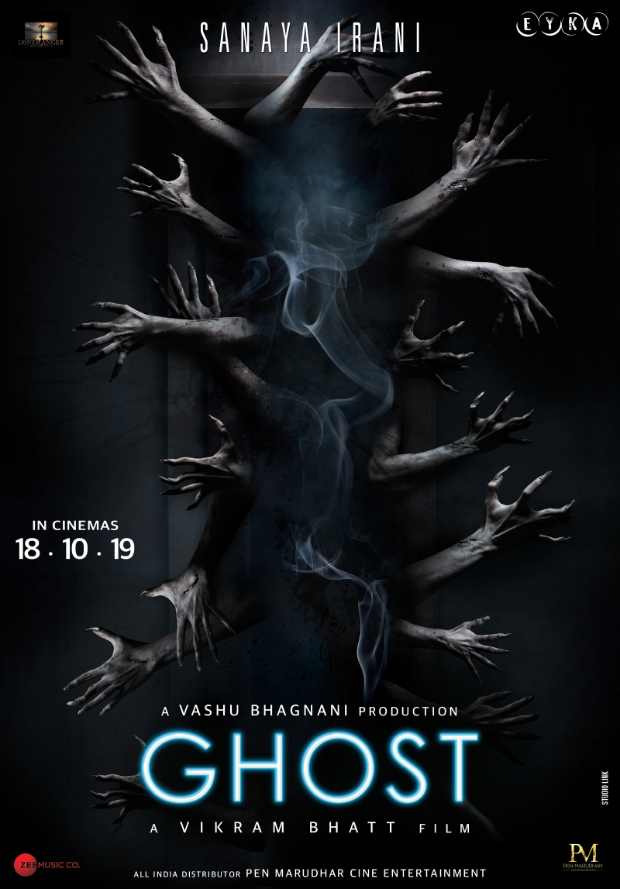
41-42) attempted an iconographic analysis, but the exact meaning remains elusive. The harp on a seal from the middle of the 3rd millennium (FIGURE 2b) appears in a scene crowded with humans, gods, snakes, birds, animal parts, and flora. Their large variety seems to lend a complexity to the pictorial composition that goes well beyond a simple meal eaten by the person seated at the right side. A seal from the turn of the 4th millennium (FIGURE 2a) shows a harper who performs with a drummer, a singer, and a wind player, surrounded by pots. During the 3rd millennium, Iranian representations show harps in complex rituals. The harps’ context differed in Iran and Mesopotamia. Since the dates are close and the representations few, it is not possible to determine the region of origin. They were the first complex instruments to appear in the archeological records ( FIGURE 2a see ČANG and HARP), and Iran was the apparent birthplace (3300-3100 B.C.E.), although Mesopotamia was not far behind (3000 B.C.E.). (4) Chinese inventories of Sogdian orchestras.

(5) Spread of Iranian harps throughout the Asian steppe. (3) Secular music on the Arjan bowl, Elam, 620-580 B.C.E. (2) Harp ensemble at Kul-e Farah, Elam, 900-600 B.C.E. (1) Harp ensemble at Madaktu, Elam, 650 B.C.E. (3) Oxus trumpets in eastern Iran, 2200-1750 B.C.E. the Far East began to show musical scenes derived from Sogdia, a region north of Iran proper but with cultural affinities to its southern neighbor. with the Oxus trumpet, while around 600 C.E. Eastern Iran came to the forefront around 2000 B.C.E. Elam was culturally and politically affected by the nearby Mesopotamian polities. Elam was the principal state in western Iran, and its capital was Susa.

Iran proper exhibited a cultural split between its eastern and western parts. 3 FIGURE 1), comprising parts of Transcaucasia, Central Asia, northwest India, Mesopotamia, as well as Iran and Afghanistan. But Iranian languages and culture spread to the much wider region of greater Iran (Frye, p. Iran proper includes Afghanistan with its strong political and linguistic ties to the center. The documentation is largely archeological with a sprinkling of textual sources, and some evidence is here assembled to outline Iran’s pre-Islamic music history. But in a wider sense it comprises all musical culture, and this history spans a vastly longer period, which in Iran comprises five millennia.

In the narrowest sense, music history deals with notated or recorded material that can be traced back some centuries (see IRAN xi.


 0 kommentar(er)
0 kommentar(er)
